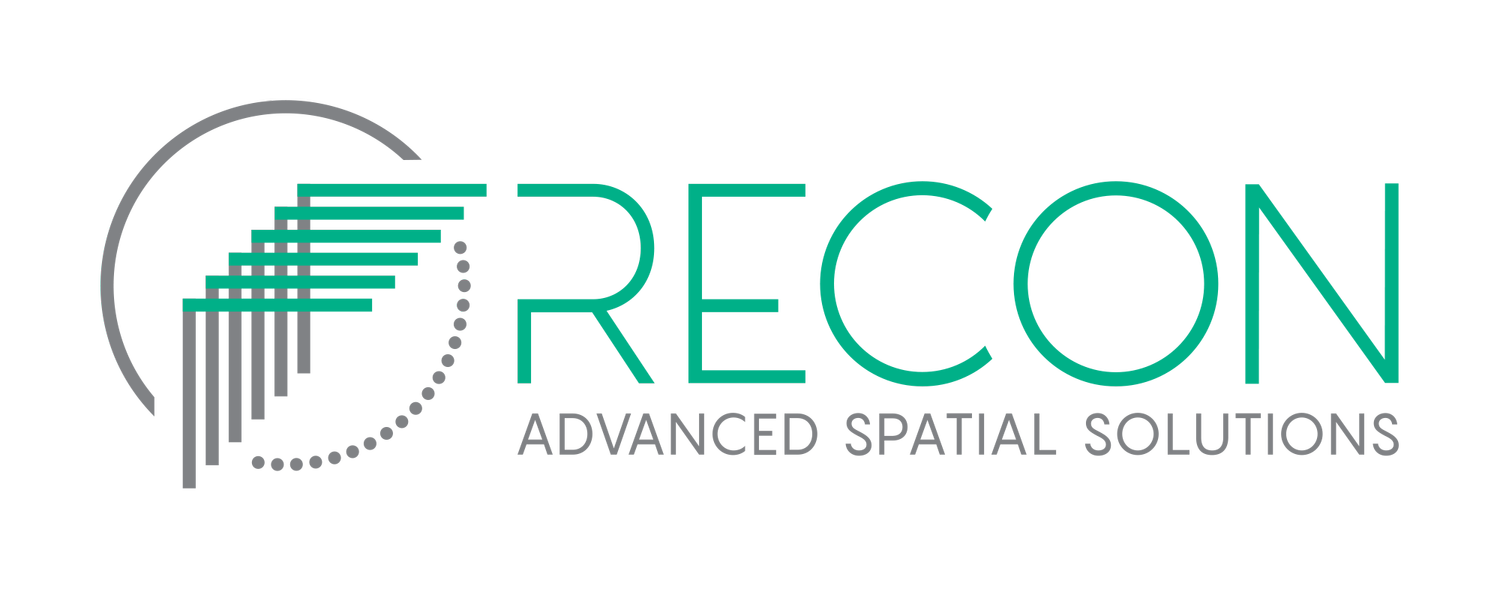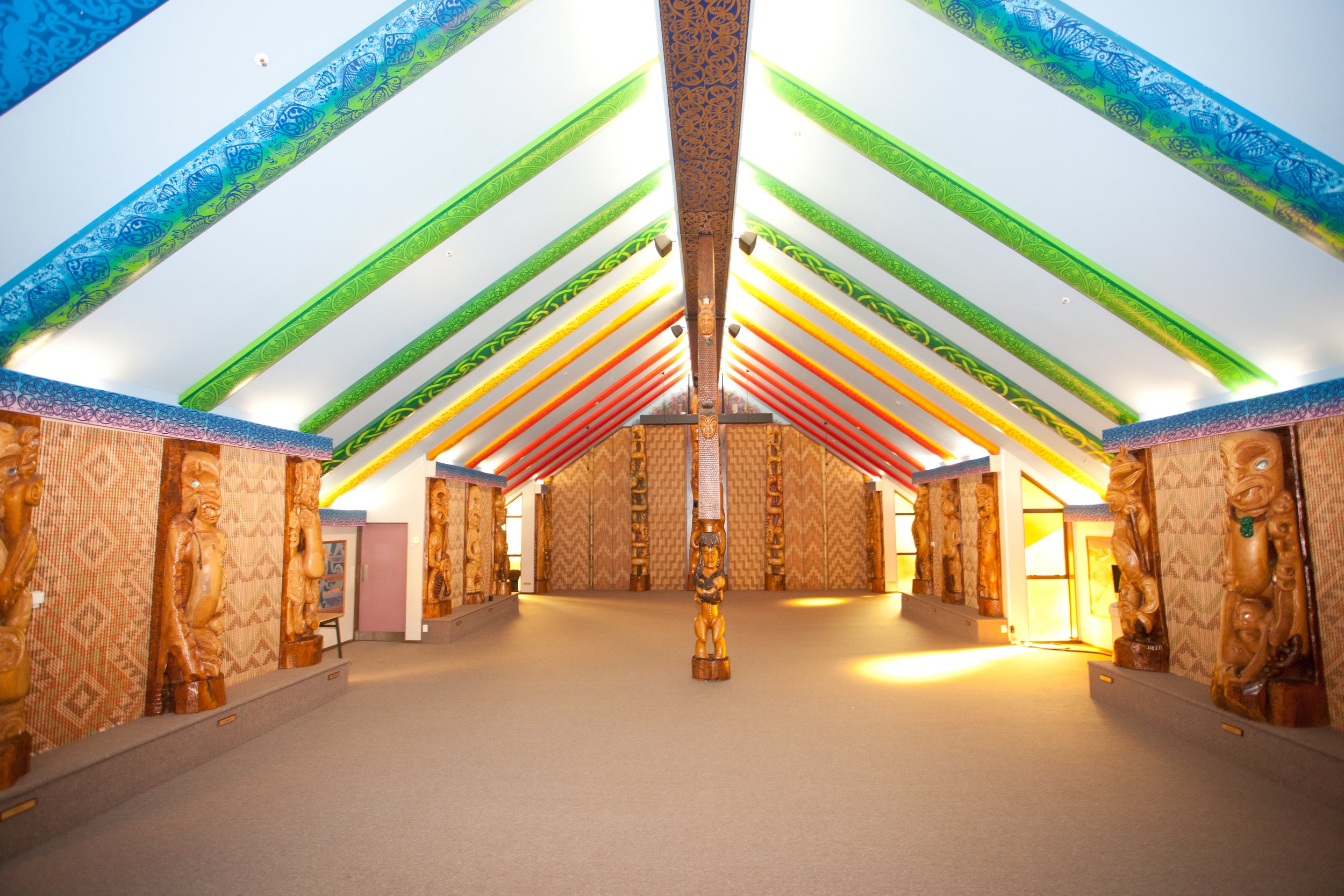3D Laser Scanning Brings Māori Culture to Life for Students
In order to provide a more immersive learning environment for students, carvings and wall panels inside the meeting house, along with the interior space itself, were recently scanned by Recon.
The scans will form the basis for a Virtual Reality (VR) tour of the meeting house, furthering students’ engagement with Te Reo language and culture in a new and innovative way.
Hohepa Spooner, Lecturer and Learning Technologist at AUT’s Faculty of Māori and Indigenous Development, and CfLAT AUT Centre for Learning and Teaching, says that the scanning program inside the marae is only the first step in an all-encompassing project.
“The next phase will be scanning the marae forecourt and the exterior of the building, including the use of a UAV to scan the roof. The interior took around four hours to complete, moving the scanner to multiple locations inside the marae to ensure comprehensive coverage of 45 intricate carvings and panels, as well as rafter panels,” he says.
“The end result will be a virtual tour of the marae, allowing students to float through the building, following the same protocol as they would if visiting the real thing.
“The finished program will benefit large groups of students across different faculties, including art and design students, those studying languages and the large cohort of international students we have at AUT.”
Hohepa says that his department has been working with software developer Maher Hatab.
The co-founder of PointCloud Visualisation (PCV), Maher has developed software which allows collated scan data to be represented in high definition; an essential element when looking to utilise the data in a virtual environment.
In fact, Maher, who holds a PhD in Virtual Reality research, accomplished a world first with the data captured by Recon at the AUT marae. His software allows for the migrating of pointcloud-based visuals into a VR environment for the very first time.
“The carvings and panels within the meeting house tell stories, so replicating every single detail is vital,” continues Hohepa.
“Maher takes the pointcloud data we receive from Recon – which is already of very good quality – and enhances it even further into super high-resolution images. He can also then add meta data, meaning that students visiting the marae in a virtual environment can click on various elements and learn more details as they tour the building.”
With the support of Recon, PCV is about to embark on a programme of scanning marae in Whanganui, Wellington and the Bay of Plenty.
Hohepa says that Recon has been an excellent consultancy to work with on gathering scan data for the project; the format for which he believes will benefit many other immersive learning programs for AUT students in the future.
“It has been great to partner with Recon on this project; it has been a real education for us too. Jeremy has been very hands-on in getting us set-up, and we have been able to work with Recon to get the necessary training to operate the 3D laser scanning hardware, and learn how to work with the scan data software.
“I’ve already stepped inside the virtual program in test form and it really is like being there inside the marae for real,” Hohepa concludes.
“The level of detail is incredible and we’re looking forward to allowing students to immerse themselves in this world very soon.”


